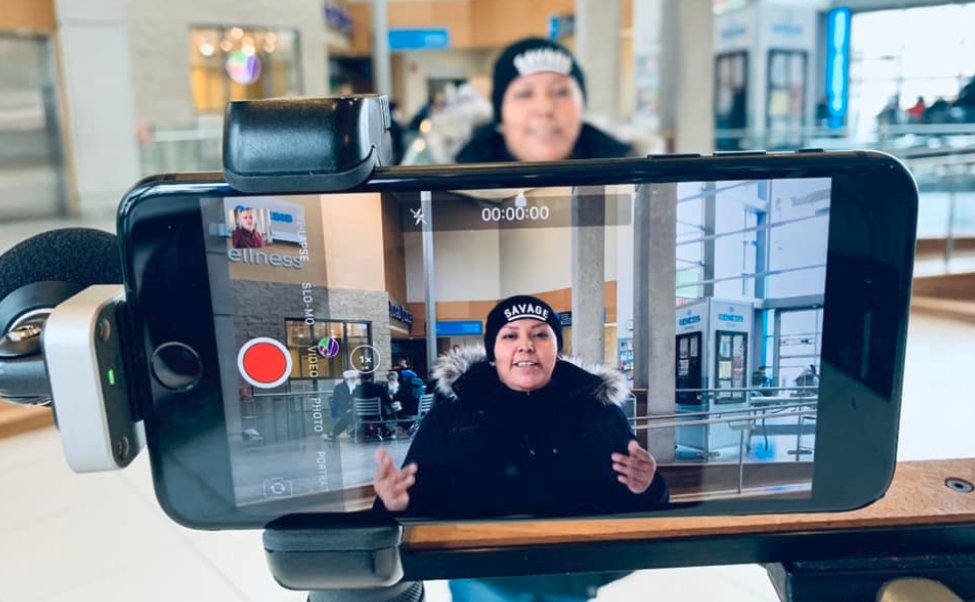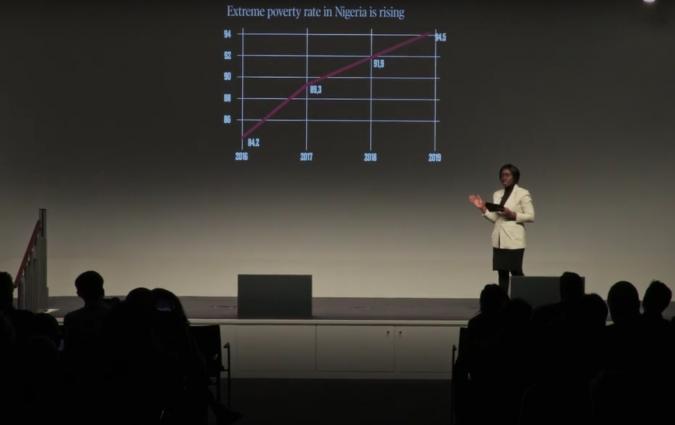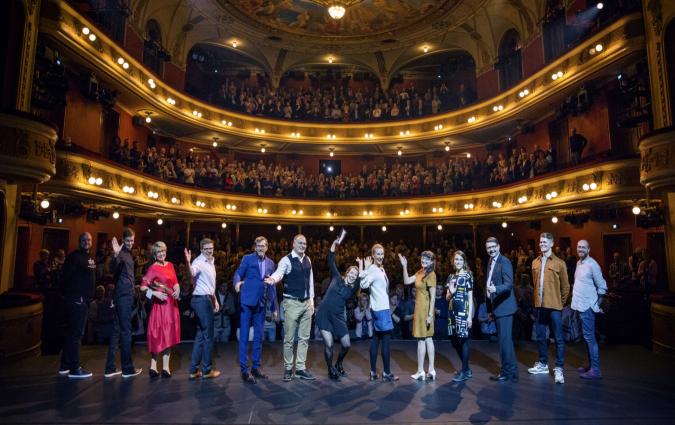In this piece
Pop-up journalism as a lower-budget approach to local news

Livia Manywounds was one the journalists selected to run a pop-up bureau for the CBC. (Photo: Supplied/Livia Manywounds)
In this piece
The Canadian Broadcast Corporation began experimenting with budget-friendly “pop-up journalism” in 2018 as a way to reach smaller, under-served communities who have been left voiceless by the rapidly evolving media landscape.
The concept involves equipping a single multimedia journalist with all they need to single-handedly run a bureau from a remote area for up to six months.
Indigenous journalist Livia Manywounds was assigned to run a pop-up bureau for the Tsuut’ina First Nation, of which Manywounds is a member.
In North America generally, mainstream reporting about Indigenous issues is so mired in stereotypes, the Native American Journalists Association in 2017 released a facetious bingo card for clichéd stories, with fields such as “spirits or ghosts,” “dancing,” and “a reservation.”
At the time of her pop-up assignment, Manywounds said she didn’t know any other Tsuut’ina journalists – she believes she’s the first member of her nation to work for a mainstream media outlet outside of an Indigenous unit. For Manywounds it presented an opportunity to share stories about her community, both positive and negative, on a national platform.
“I get to put these stories on a mainstream network, where everybody can come and watch,” Manywounds said. “It’s not always going to be the bad story of a missing or murdered Indigenous woman or a man. It’s not always going to be about child welfare or things like that or Indigenous offenders or victims. It’s more.”
Her assignment raised landmarks for CBC Calgary, inviting people who had not previously trusted the broadcaster to connect with someone who was daily in their community and dedicated to covering its concerns and triumphs, as well as its failures.
Once CBC announced the pop-up bureau, Manywounds said “word got around quick”. Still, she struggled at first to find leads. The internet wasn’t a reliable source, Manywounds discovered. There simply wasn’t enough mainstream coverage for her to tap into. Exasperated, she drove into her community, “talked to one person and it led to one story and then another and it kind of had a ripple effect.”
Within weeks, tips from community members crammed her inbox and her coverage zone quickly expanded to include at least four other First Nations communities near Calgary. “I had that vantage of being Indigenous,” Manywounds said. “People trust me to tell their stories.”
The trust she gained rubbed off on other reporters, Manywounds said, recalling a particular event she covered with colleague Erin Collins. Manywounds said she briefly left Collins alone, returning to find him joking and laughing with a group of Tsuut’ina leaders. “All of a sudden there’s this white guy sitting at the head of the table with all these Indigenous elders,” Manywounds said. “That’s a first.”
Manywounds said she knew the bureau had reached maturity when CBC Calgary carried a story about the election of a First Nations chief with the same depth and nuance it would any municipal vote.
“When you report in diverse communities, you’re going to get an abundance of stories that were never told before,” Manywounds said. “Not only was I able to tell stories of Indigenous people, but it was kind of like a view into First Nations people’s lives that non-Indigenous people never get to see, right?”
From January to March 2020, I had the pleasure of defining and assessing the pop-up journalism model followed by the CBC. My findings – based on my own experience in Grande Prairie, interviews with fellow pop-up journalists, and content analysis – are presented below.




